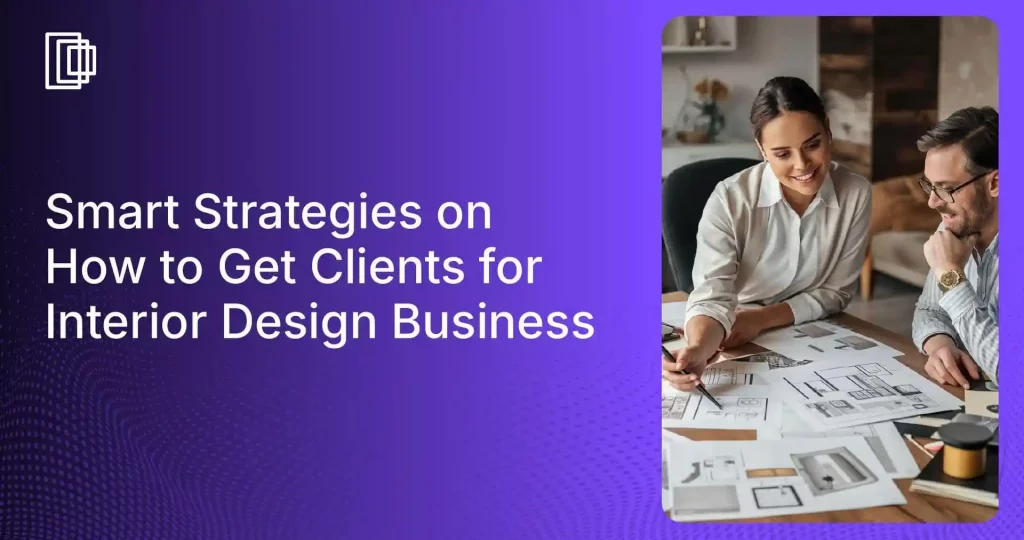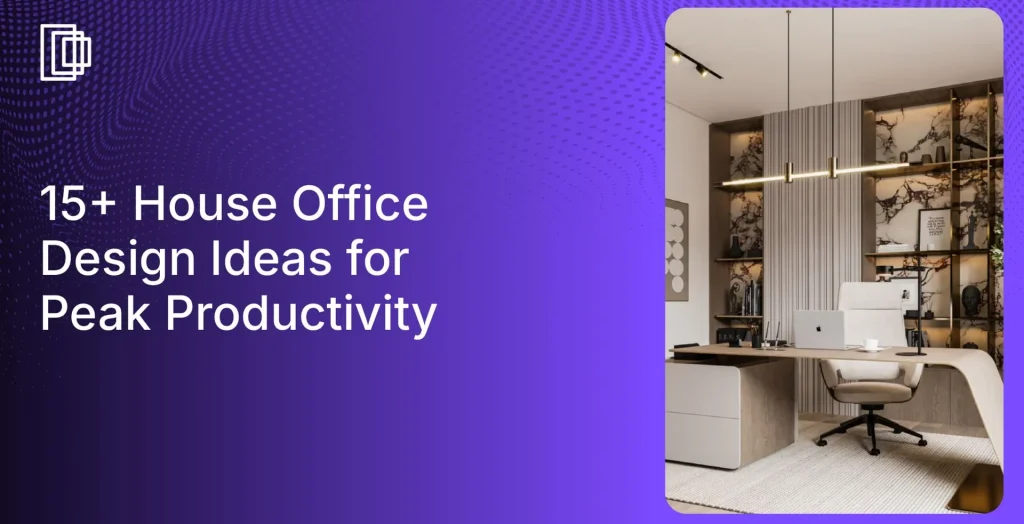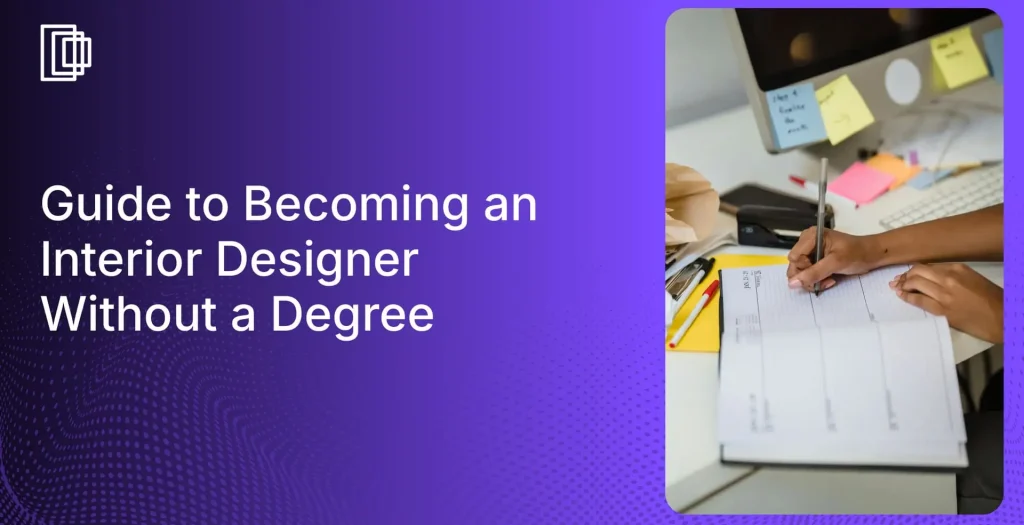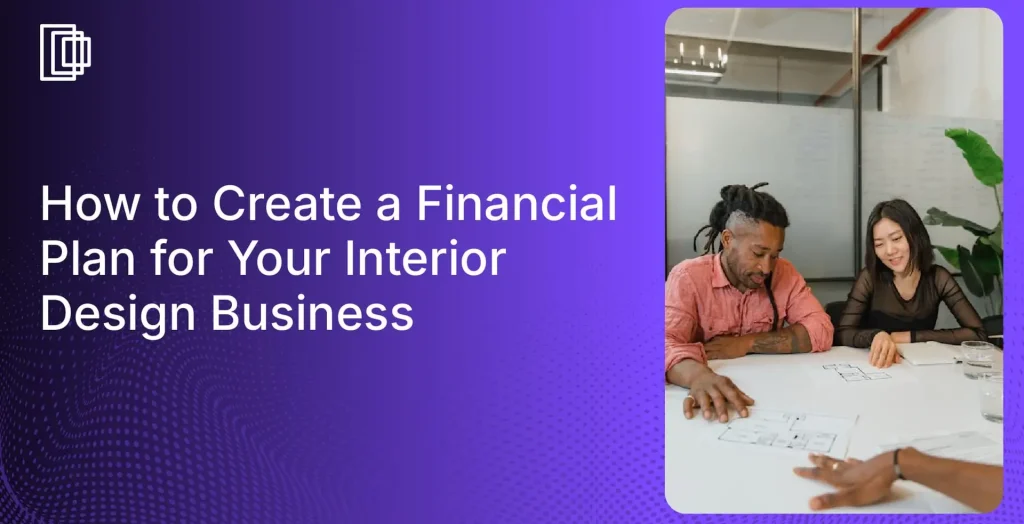In a highly competitive market, finding and converting interior design clients isn’t just about creativity—it’s about strategy. This updated guide shares 12 actionable strategies tailored for 2025 that help you grow visibility, build trust, and convert leads into loyal clients.
1. Develop a Strong Online Presence
Your digital brand is your storefront. Make sure it’s well-dressed. The first step in learning how to get right clients for your interior design business is building a powerful online presence.
- Clarify your positioning: Define who you serve—first-time homeowners, real estate developers, small commercial spaces—and communicate your value clearly.
- Optimize your Google Business profile: Include keywords like “interior designer near me” and highlight services, pricing, and testimonials.
- Invest in paid search strategically: Use Google Ads with geotargeting and schedule-specific campaigns. Measure clicks, CTR, and conversion rates monthly.
Tools to use: Wix or Webflow for websites, Jasper for copywriting, and Google Business Profile for SEO visibility.
Benchmark: Design firms ranking on page 1 of Google generate 3–5x more qualified leads.
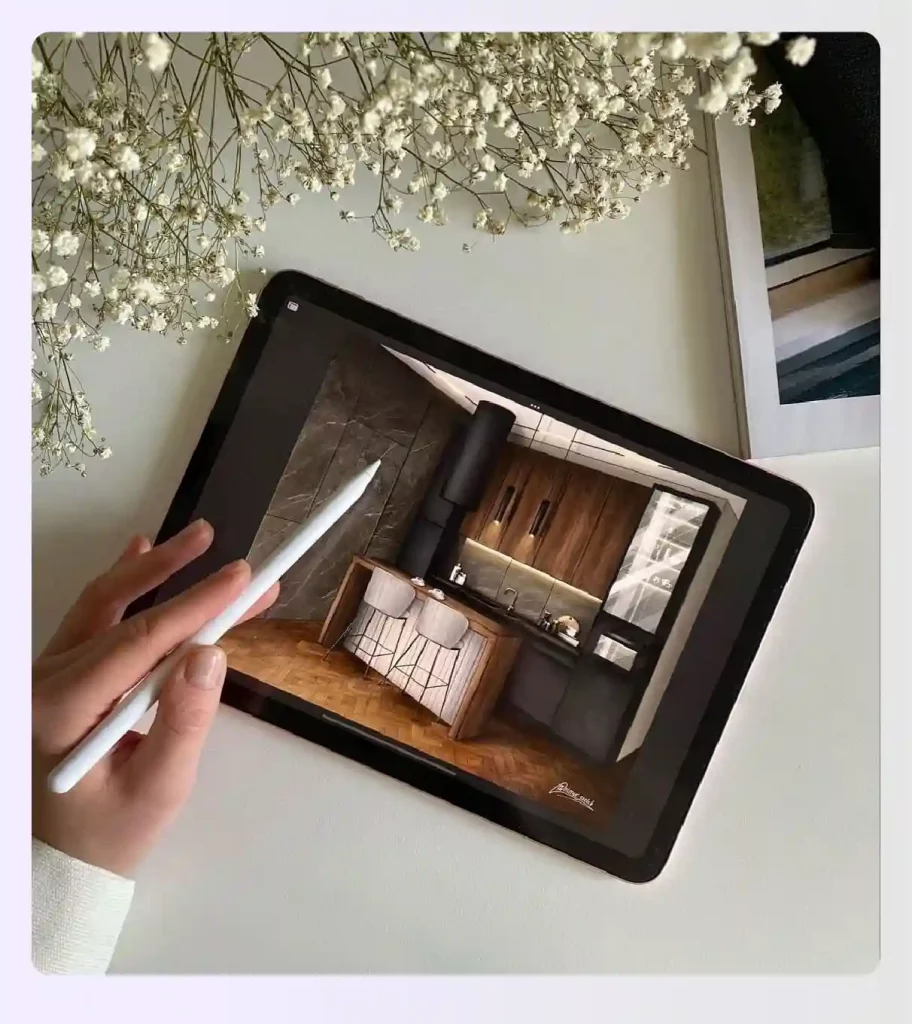
2. Create an Eye-Catching Portfolio
Your portfolio is your proof of talent and versatility. It’s a crucial tool for showing, not just telling, potential customers how to get new customers for your interior design business through sheer quality of work.
- Showcase 3–5 complete projects with before/after images.
- Include tools used (e.g., SketchUp, AutoCAD), room dimensions, client briefs, and transformation timelines.
- Add interactivity using sliders or 3D walkthroughs.
Success metric: Aim for at least 40% of new leads referencing a project from your portfolio.
Read also – Best Interior Design Blogs To Follow
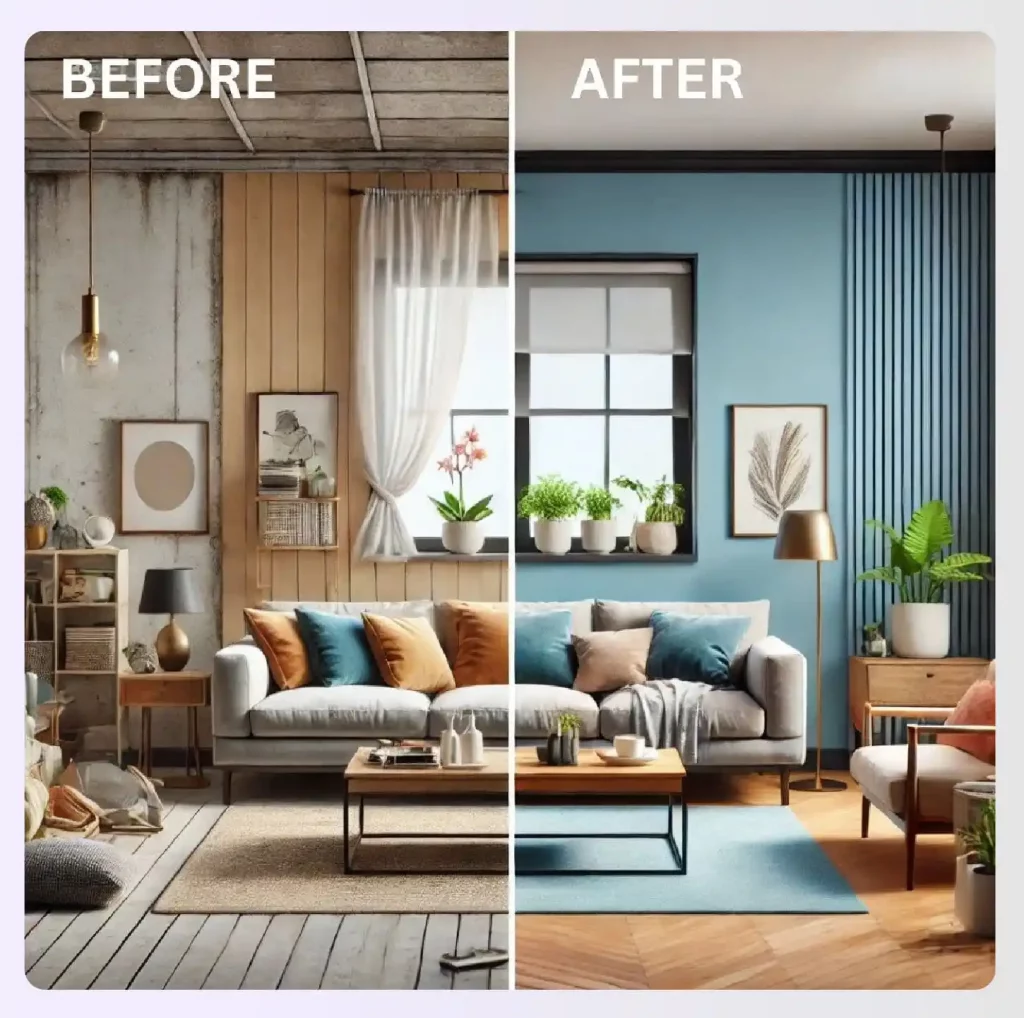
3. Utilize Social Media Effectively
Choose platforms based on your ideal client. Social media is a dynamic answer to the question of how to get clients for your interior design business, connecting you directly with your audience.
- Instagram: Share time-lapse Reels of projects and mood board reveals.
- Pinterest: Pin full project boards with shoppable links.
- LinkedIn: Great for commercial design clients and developer leads.
Engagement Tactic: Use polls, AMA (Ask Me Anything), and client shout-outs to increase interaction.
KPI: Target a monthly follower growth rate of 5–10% and >3% engagement rate.
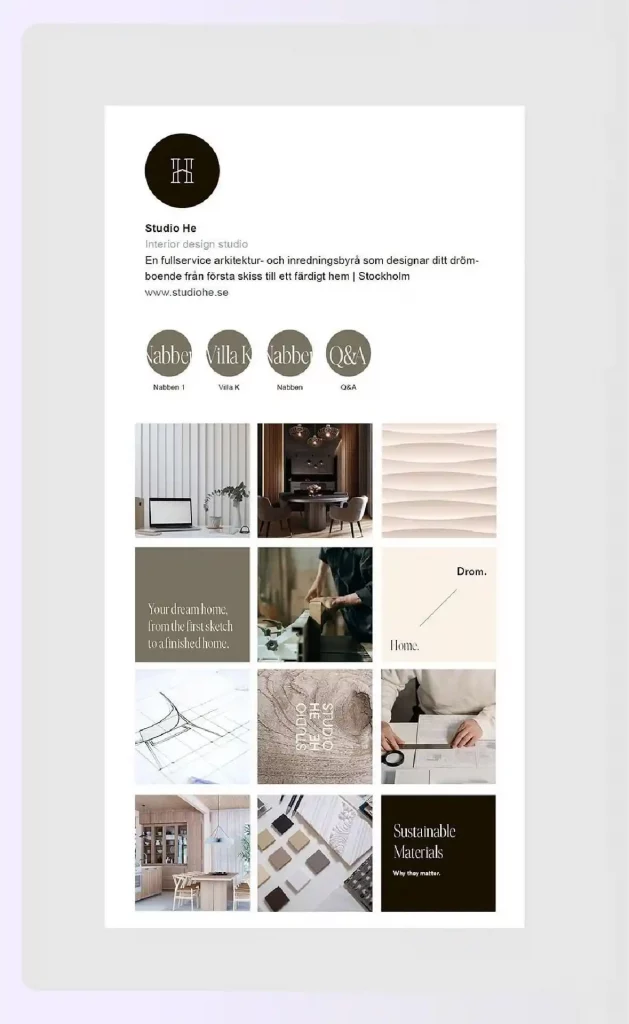
4. Leverage Testimonials and Reviews
Trust is built on what others say about you. When considering how to get first clients for your interior design business, never underestimate the power of social proof from happy customers.
- Ask every happy client for a 2-line review.
- Use screenshots from Google Reviews or DMs on your website and Instagram.
- Run a referral rewards program—offer a free consult for any successful referral.
Example: “Refer a friend and get a free 30-minute design session.”
KPI: Track referrals as a % of new monthly clients (aim for 10–20%).
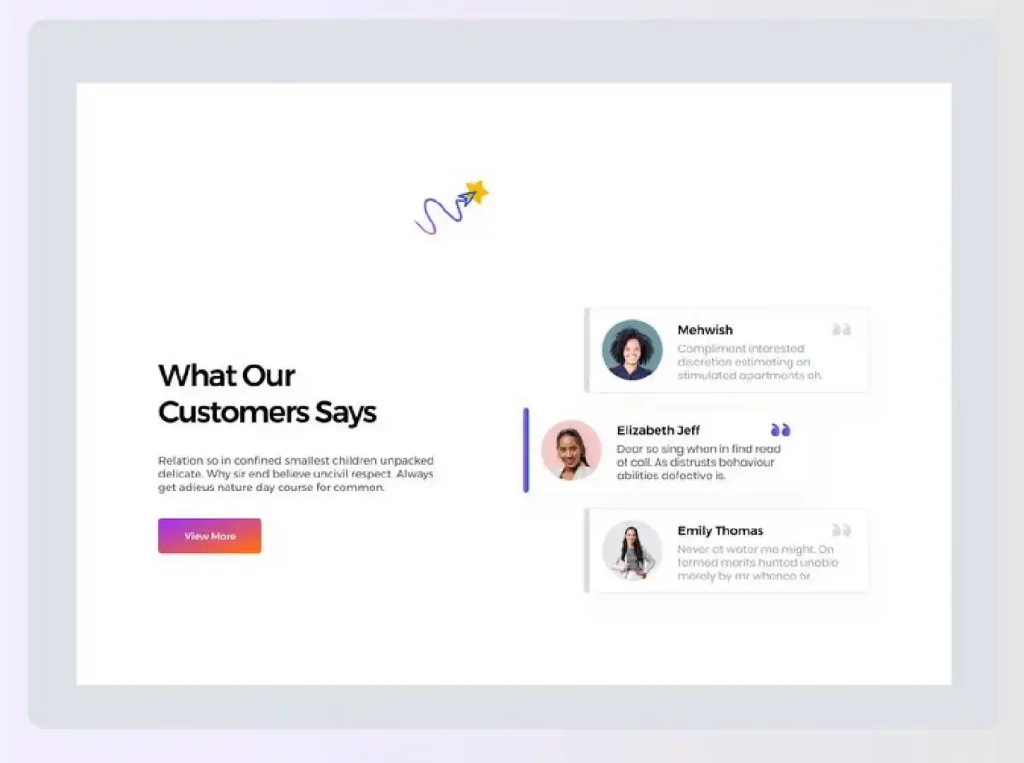
5. Network with Local Businesses and Real Estate Professionals
Offline relationships still drive conversions. A classic method for how to get clients for your interior design business is through strategic local partnerships.
- Partner with real estate agents to offer staging packages.
- Connect with architects, homebuilders, and furniture vendors for cross-referrals.
- Attend local open houses and offer free design critiques.
Tool: Use Canva to create a printed design guide or referral brochure.
Benchmark: Top-performing designers generate 20–30% of leads through professional referrals.

6. Attend Industry Events and Trade Shows
Visibility equals opportunity. Attending trade shows is a hands-on way to learn how to get clients for your interior design business by meeting them face-to-face.
- Booths: Design your booth with consistent branding and a strong CTA (e.g., scan to get a free design checklist).
- Collect leads with QR codes linking to a portfolio or newsletter.
- Offer free consultations to those who sign up at your booth.
Top Shows: High Point Market, IDS (Interior Design Show), NeoCon
KPI: Collect at least 50 new contacts per major event.
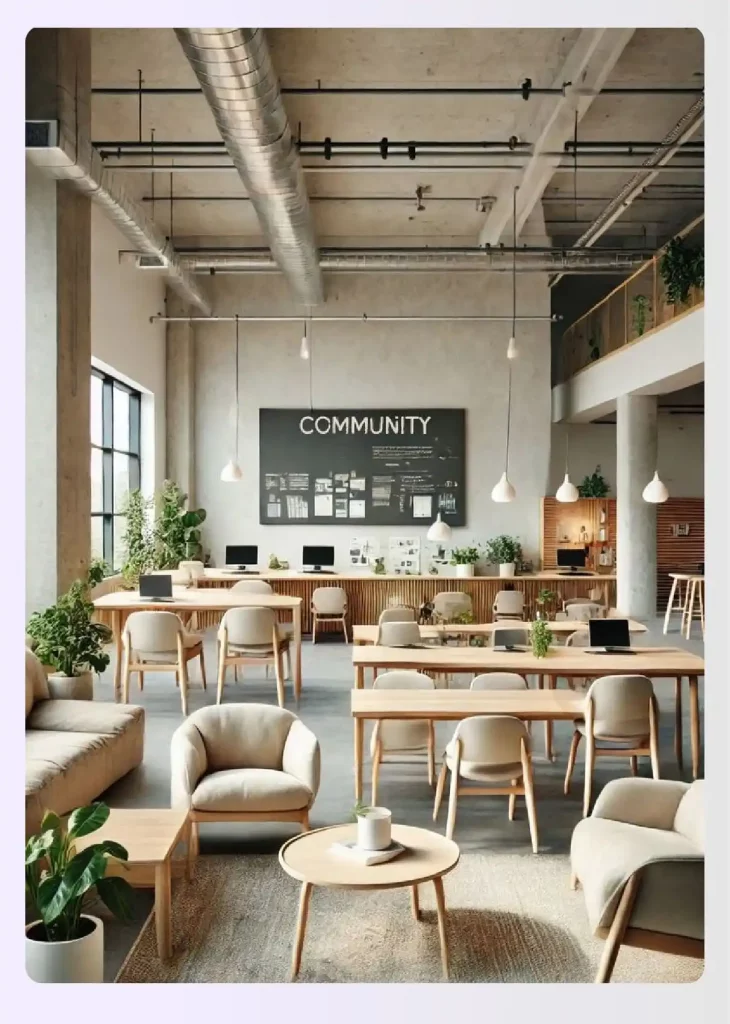
7. Optimize Your Website for SEO
SEO still matters—and it starts with intent. Mastering SEO is fundamental if you want to know how to get clients for your interior design business online, as it helps them find you organically.
- Use local keywords (e.g., “interior designer in Austin for apartments”).
- Add a blog and post 2x per month (see Tip #11).
- Include fast-loading pages, alt text, and structured data.
Pro Tip: Tools like Ubersuggest or Surfer SEO can help you identify content gaps.
Goal: Rank in the top 3 search results for your main service keywords within 6–9 months.
Read also – Interior Design Client Questionnaire
 8. Offer Free Initial Consultations (Strategically)
8. Offer Free Initial Consultations (Strategically)
Give value upfront—without giving away the farm. Offering a free, structured consultation is a smart tactic for how to get clients for your interior design business, as it builds initial trust.
- Offer a 15–30 min free consult via Zoom.
- Qualify leads with a short pre-call form to understand budget and scope.
- Share a 1-page design direction (PDF or mood board) after the call.
Track ROI: Use Calendly + CRM integration (e.g., HoneyBook) to track consultation-to-client conversions.
Metric: Conversion rate from consultation to project >35%.
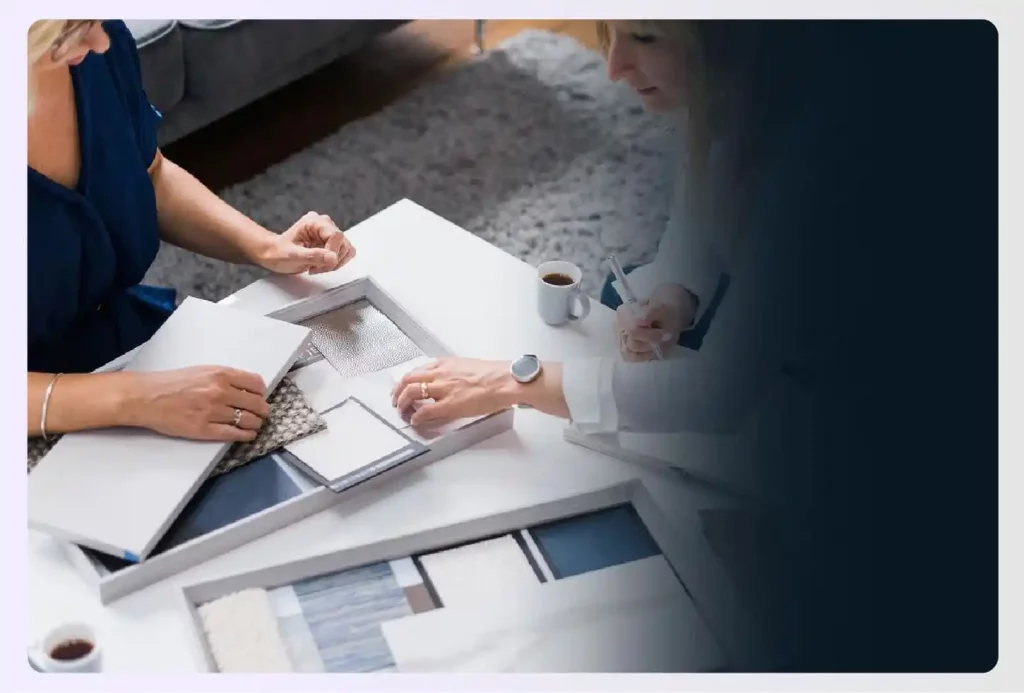
9. Develop a Unique Brand Identity
Designers should design their brands too. Your unique brand is part of the puzzle of how to get clients for your interior design business; it makes you memorable in a crowded market.
- Choose fonts, colors, tone of voice, and messaging that reflect your design aesthetic.
- Align your logo and brand visuals across all platforms.
- Use storytelling: Share why you started your firm, your process, and your values.
Example: “I help millennial moms transform small urban homes into functional sanctuaries.”
Read also – How Do High-End Designers Get Interior Design Clients On A Low Budget?
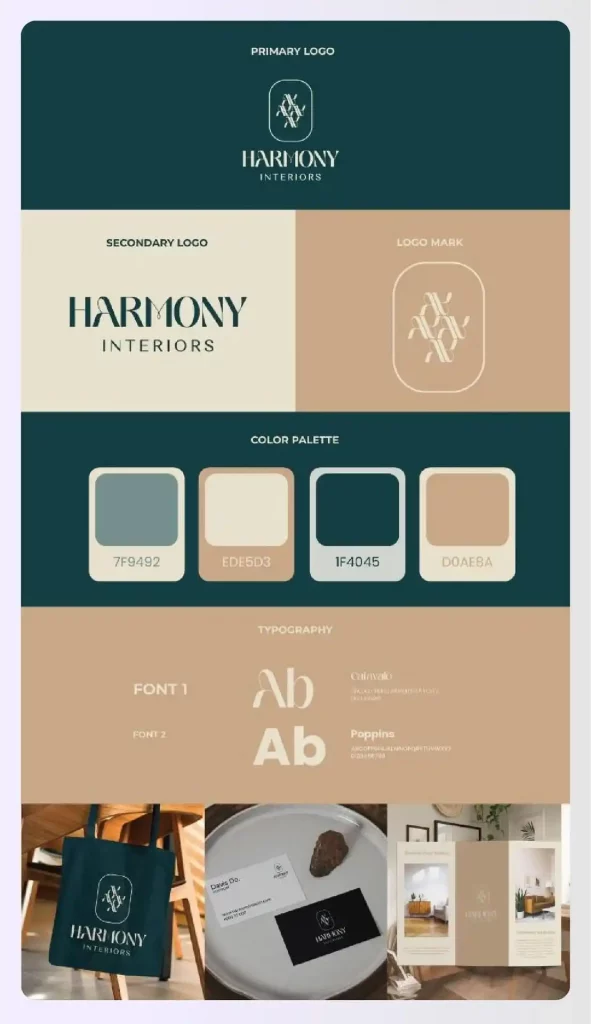
10. Launch Email Marketing Campaigns
Email converts—when it’s done right. A well-executed email campaign is an effective, direct strategy for how to get clients for your interior design business.
- Build a freebie like “Top 5 Tips for DIY Living Room Makeovers” to grow your list.
- Send 1–2 emails/month: design trends, client projects, seasonal offers.
- Use templates via Mailchimp, ConvertKit, or Flodesk.
KPI: Open rates >30%, CTR >5%, list growth 10%/month.
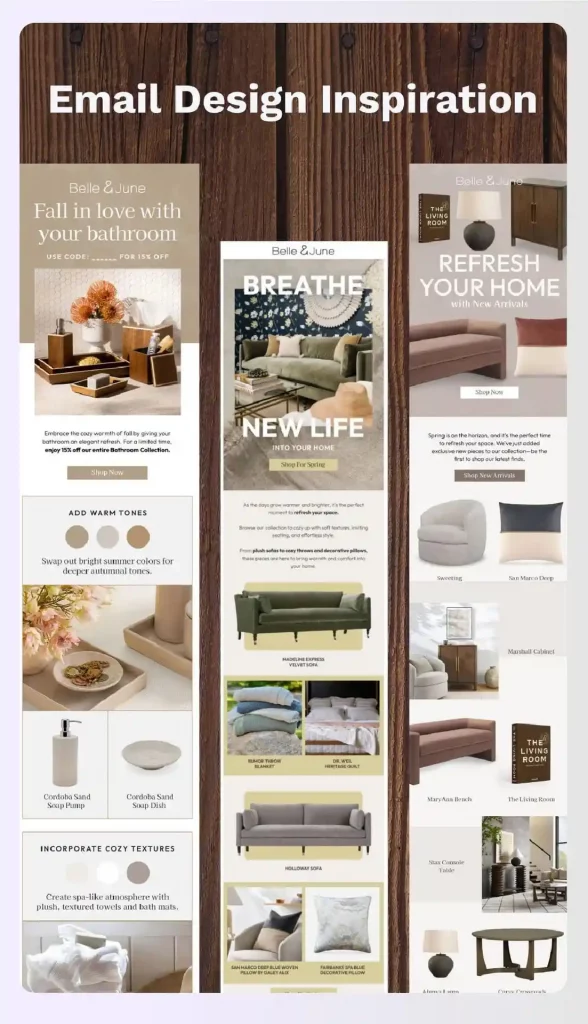
11. Collaborate with Influencers and Bloggers
Influencers extend your reach, fast. Collaborations are a modern solution for how to get clients for your interior design business, tapping into established audiences.
- Partner with local home décor influencers to stage a space together.
- Offer your services in exchange for YouTube features or Instagram tours.
- Guest post on design blogs to position yourself as an expert.
Trackable ROI: Use affiliate links or UTM tracking to measure lead sources.
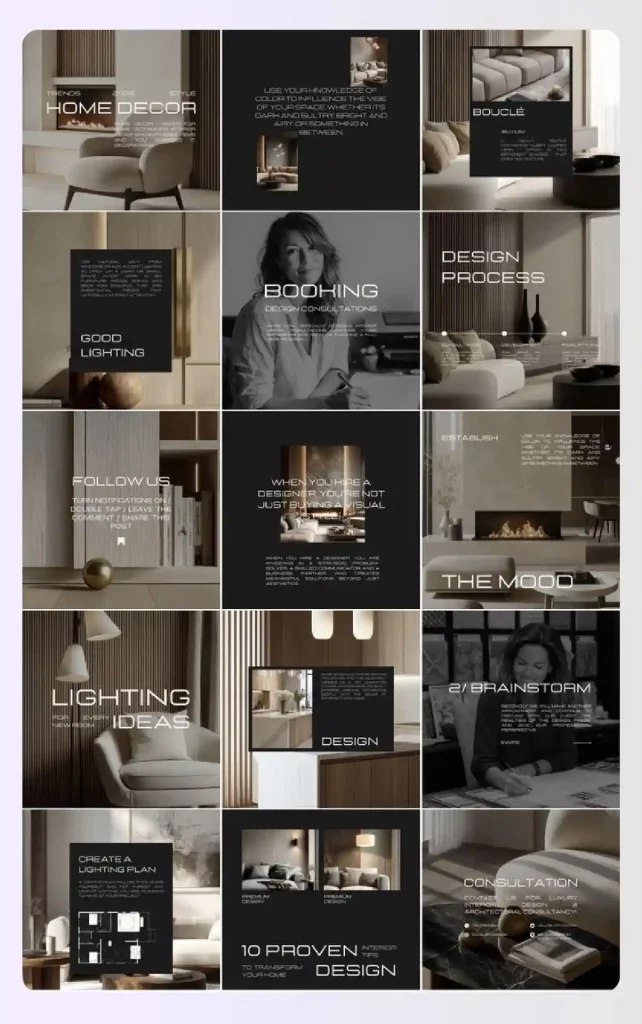
12. Showcase Your Expertise Through Blogging
Blogging fuels long-term SEO and thought leadership.
- Post 500–1,000 word blogs every 2 weeks.
- Ideas: “Before and After: Small Bathroom Makeover” or “Top 10 Color Trends of 2025.”
- Repurpose blog content into Instagram carousels or email newsletters.
Content Tip: Include case studies and FAQs to address client objections.
KPI: Aim for 1,000+ visits/month and >5% inquiry rate from blog readers.
Read also – How To Prepare Interior Design Contract?
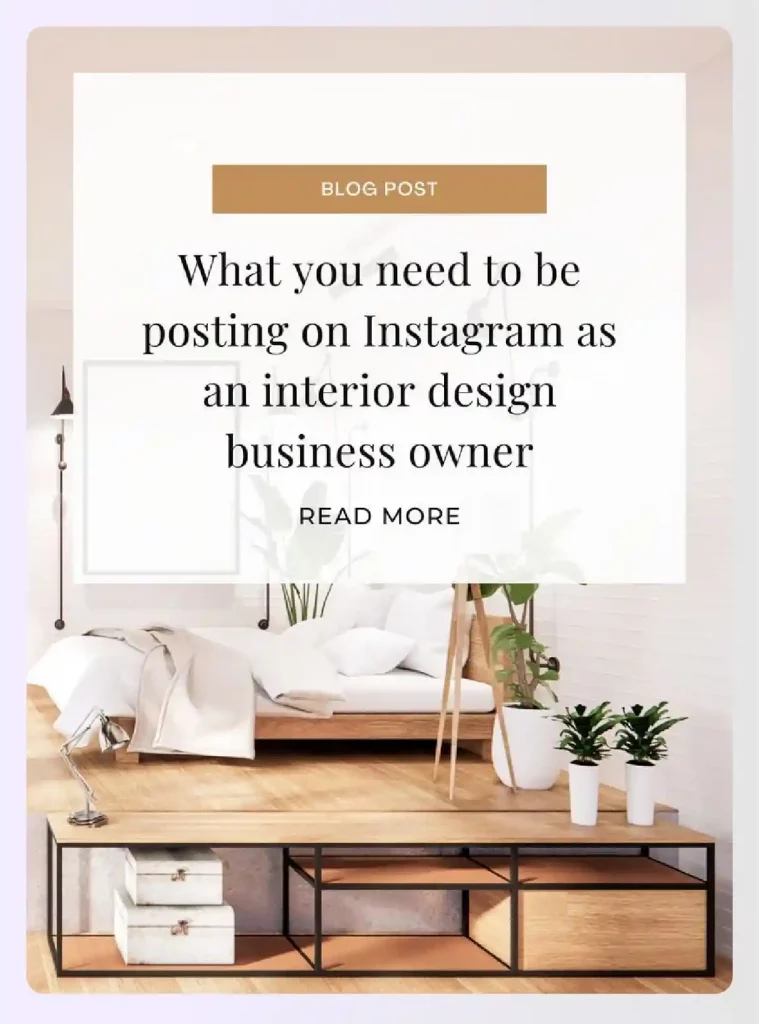
Bonus: Community Involvement and Sponsorships
People buy from people they know.
- Sponsor local events or youth teams with your branding.
- Volunteer for a non-profit design project—then showcase it on social.
- Join local chamber of commerce or women entrepreneur networks.
Result: Builds local trust, press opportunities, and referral pipelines.
Overcoming Common Challenges
- High Competition: Niche down your offer (e.g., “Bold makeovers for bachelor pads”).
- Lack of Trust: Add reviews, client video testimonials, and case studies.
- Marketing Know-How: Start with 1–2 platforms and learn as you go.
- Unclear Target Audience: Survey past clients and refine your persona.
- Small Network: DM 5 local realtors, builders, or vendors each week to introduce yourself.
Final Thoughts
Ultimately, mastering how to get clients for your interior design business in 2026 boils down to a powerful blend of smart digital marketing, genuine networking, and undeniable visual proof of your talent. The crucial step you can’t afford to miss is clearly and professionally demonstrating your value.
Instead of just describing your vision, show it to them. Tools like Foyr Neo allow you to transform your ideas into stunning 3D renderings and virtual walkthroughs, giving potential clients an immersive experience that builds trust and excitement from the very first interaction.
With 3D renderings, editable floor plans, and virtual walkthroughs, Foyr services help you visually impress leads before you say a word.
Try Foyr Neo for 14 days—no credit card required—and turn browsers into booked clients. Start your trial.
Frequently Asked Questions (FAQs)
1. How do you get clients as an interior designer?
To get clients, focus on a multi-channel approach. Build a stunning online portfolio, optimize your website for local SEO, and actively use social media like Instagram and Pinterest. Network with real estate agents and builders, and leverage client testimonials. Offering strategic free consultations can also convert leads into paying clients.
2. How do I market myself as an interior decorator?
Market yourself by defining a unique brand identity and niche (e.g., sustainable design, small spaces). Showcase your work on visual platforms, share your expertise through blogging, and engage with your local community. Use tools like Foyr Neo to create professional 3D visuals that make your marketing materials stand out and impress potential clients.
3. What field of interior design makes the most money?
Commercial interior design, particularly in specialized areas like healthcare, hospitality (hotels, restaurants), and high-end corporate offices, typically yields the highest income. These projects are larger in scale, have bigger budgets, and often lead to long-term client relationships. Luxury residential design for high-net-worth individuals is also highly lucrative.
4. Who is the ideal client for interior design?
The ideal client is someone who trusts your professional expertise, communicates their needs clearly, and respects your design process and budget. They are decisive but collaborative and value the transformation you bring to their space. Defining your own ideal client (e.g., young families, commercial developers) helps tailor your marketing efforts effectively.


